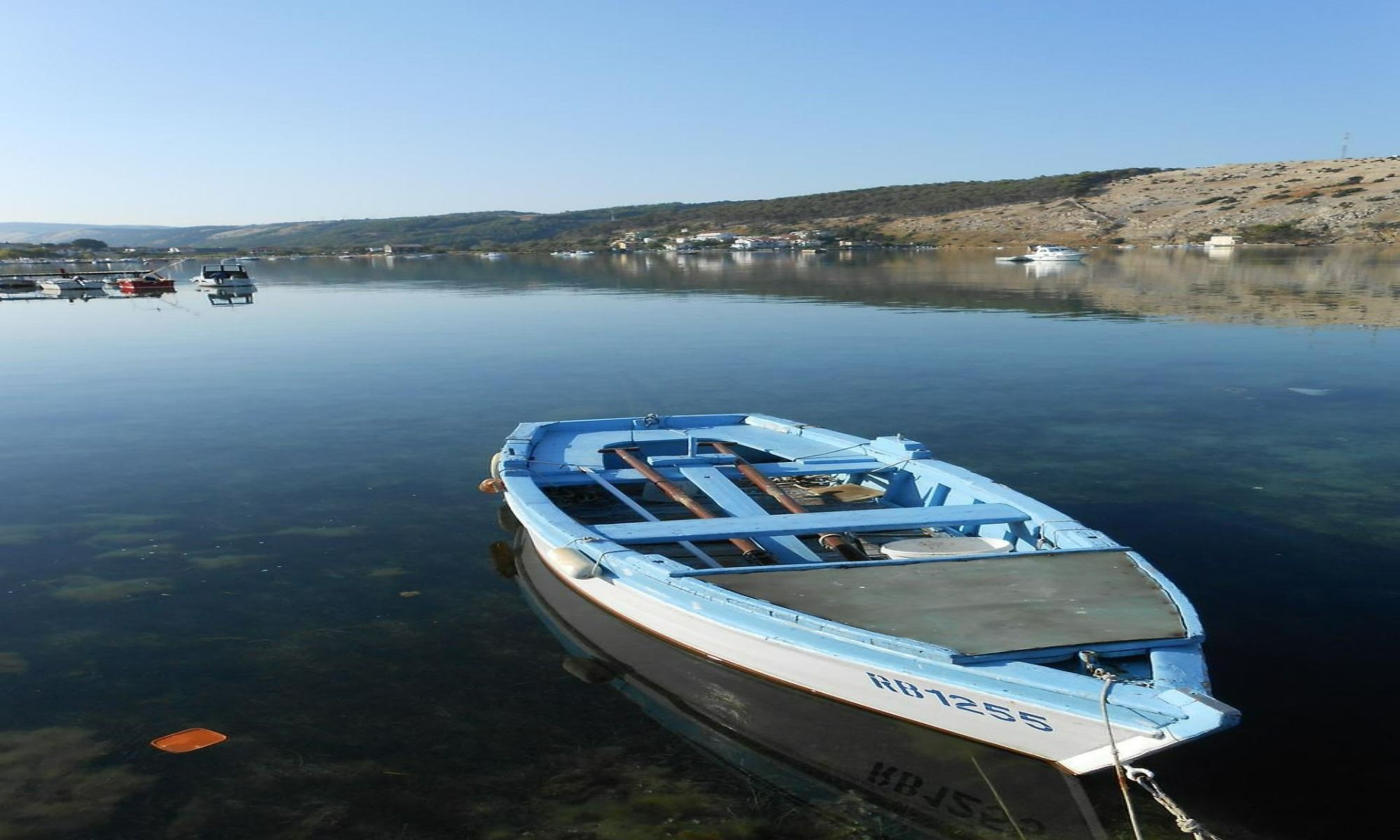Little Rock, AR Fishing: Center of The Natural State
Fishing in Little Rock is a refreshing experience. Here are the best spots in the middle of The Natural State.

The capital and most populous city of Arkansas is Little Rock. Nestled in the middle of Pulaski County and its whole state, it remains lively and bustling with city affairs. As Arkansas' transportation hub, it also serves as its culture and economic middle ground. This big city also flourishes in arts, history, culture, recreational opportunities, entertainment, nightlife, fashion, and natural wonders. In Little Rock, outdoor adventures are minutes away, wherever you are! Everyone who wants to go on a trip and take a tour will have a good time in every city corner.
Little Rock is named after a tiny outcropping of rock on the Arkansas River's bank. This little rock is projecting on the south bank of the Arkansas River in the city’s waterfront area. When French explorer Jean-Baptiste Bénard de la Harpe thought that the rock was a significant landmark in 1722, he deemed the name fit the city’s title. In 1970, it was included in the National Register of Historic Places list. Little Rock was incorporated in 1831, and it stands as the county seat of Pulaski County.
Bordered in the north by the Arkansas River, Little Rock is a great destination for recreational fishing. A wide variety of freshwater fisheries awaits anglers who come to the city. As Arkansas is officially tagged as The Natural State, many different fishing spots are easily reachable to anglers when in Little Rock. Being in the area means easy access to hundreds of streams and six major river systems, namely Arkansas, Mississippi, Red, White, Ouachita, and St. Frances—all found in the state.
Little Rock Fishing

Little Rock is within The Natural State, with 90,000 miles of pristine streams and rivers, 600,000 acres of lakes, creeks and sloughs, and bayous providing productive freshwater fishing. Fishable streams freely flow in the area, such as Fourche Creek, Rock Creek, Brodie Creek, and McHenry Creek. These creeks are all productive for fishing. Rock Creek offers serene largemouth bass, bluegill, and redear sunfish fishing under the beautiful shade of trees.
Northwest of Little Rock is Maumelle Park, the city’s only public campground with access to the Maumelle River; it features different recreational sites and opportunities like a playground, camping spaces, and day-use picnic grounds. It also has a fishing pier and a boat ramp for fly fishing, drift fishing, or any boating activities on the river. To its west, Maumelle River and Little Maumelle River are home to fish species such as largemouth bass, white bass, black crappie, bream, channel catfish, blue catfish, and flathead catfish. Mussels, shellfish, and aquatic plants are also common in rivers.
Northwest of Little Rock is Lake Maumelle, the primary provider of water supply in Little Rock. The lake is known for many recreational activities except swimming. Boating is the most popular activity here, along with recreational fishing. Many sailing regattas are often found in Lake Maumelle. It was dammed in 1957 and is now the main water supply of central Arkansas. It has an area of 14 square miles or 8,900 acres and a shoreline of 70 miles; this allows the lake to accommodate year-round fishing. The main game in the lake that anglers go after is largemouth, white, and striped bass. Black crappie, Kentucky bass, bluegill, green sunfish, longear sunfish, chain pickerel, channel catfish, blue catfish, and flathead catfish are also brimming here. With its extensive shoreline, relaxed fly fishing is popular here. However, anglers may also find good fishing action in the lake, with productive 55-pounders black buffalo fishing.
North of Little Rock is Murray Park. It allows fishing access to the Arkansas River. The park is a popular area for picnicking, jogging, and walking. There are grass courts for volleyball and a Paws Park for people who like to bring their pets to the park. The park allows recreational fishing on the Arkansas River along its banks. It also features boat launching access to the river for drift fishing or trolling. Across the river from Murray Park, Burns Park features a fishing pier also for fly fishing. Pools formed by the locks and dams along the Arkansas River are stocked with game such as bass, crappie, catfish, and bream by the Arkansas Game & Fish Commission for sport fishing. Many fishing competitions are held in the river, with major tournaments like the Arkansas Big Bass Classic. The United States Army Corps of Engineers manages thirty-seven public entry points to the river, from the western border to central Arkansas. These public means of access allow easier ingress of boaters and anglers.
Arkansas River’s shallow backwater areas provide active early-season bass fishing. Other popular fish species in the river include white bass, sauger, striped bass, blue catfish, channel catfish, flathead catfish, largemouth bass, bluegill, crappie, and redear sunfish. Light tackle fishing and fishing with medium-weight tackle using live minnows are effective during slack tide periods.
Top 10 Fish Species in Little Rock, AR
The top 10 fish species to catch in Little Rock are largemouth bass, striped bass, flathead catfish, blue catfish, channel catfish, black crappie, white bass, bluegill, green sunfish, and redear sunfish.
Seasonal Fishing
Due to its strategic location in The Natural State, Little Rock offers great year-round fishing; this makes the city perfect for long vacation fishing trips.
Bass and walleye fishing are productive in spring, especially in April and May. Spring trout fishing is always flourishing as lakes and ponds are stocked with rainbow trout. April or May are good months to catch stripers when they migrate to the upriver of the Arkansas River. Spawning crappie are plentiful in April, and bluegill are on the beds in May.
Summer fishing is always booming, but the summer crowd might be too much to handle for modest anglers. June is the best time to fish for bream or redear sunfish. Nighttime is best for catfish fishing due to the summer heat. Warm months also makes bowfin active, making a good fight fishing action. Walleye loves biting on minnows, spoons, and crankbaits during summer.
In fall, flathead catfish fishing is booming, especially in October and November, when they binge eat to prepare for the coming winter. September is the month to go after striped bass. November is the best time to fish for smallmouth bass. Bass move to shallow waters in early fall to look for food, making it a good bass fishing season.
The cold months of winter are best for crappie fishing, especially in mid-February. Try to look in the shorelines and shallow waters as they get closer to the surface to look for food. Saugers and white bass are prominent in the river during these cold seasons.
Visit the Historical Museums of Little Rock
1. Book a Fishing Guide
When you go to Little Rock on your next fishing trip, save yourself from the added task of searching state regulations and spots to fish on. Book a local guide to assist you and make your experience purely for fishing. Enjoy going to areas that fit your fishing style by communicating your preferences to your guide. Get a guide for a memorable fishing trip in Little Rock.
2. Historic Arkansas Museum
Come to Little Rock and take a detour after your fishing trip. Go to the Historic Arkansas Museum and glare at the past through a historic city block with an incredible sight of the oldest building in Little Rock. It also includes a collection of Arkansas Made art and history, brought to us by indigenous Arkansans to contemporary artists and artisans. It also features a historic 1850s Farmstead. Visit the Arkansas Heritage website to get updated on the upcoming events in the Historic Arkansas Museum.
3. Old State House Museum
Visit the Old State House Museum, an establishment nearly 200 years old, dating back to 1833. The building is a standing witness to the rich history of Arkansas, where it is also the original state capitol building. It is open to the public, displaying the shared history of the whole state and a collection of preserved historical artifacts. It aims to be a role model for the preservation and celebration of the history of Arkansas and its people. To get information about upcoming events, visit the Arkansas Heritage website.


